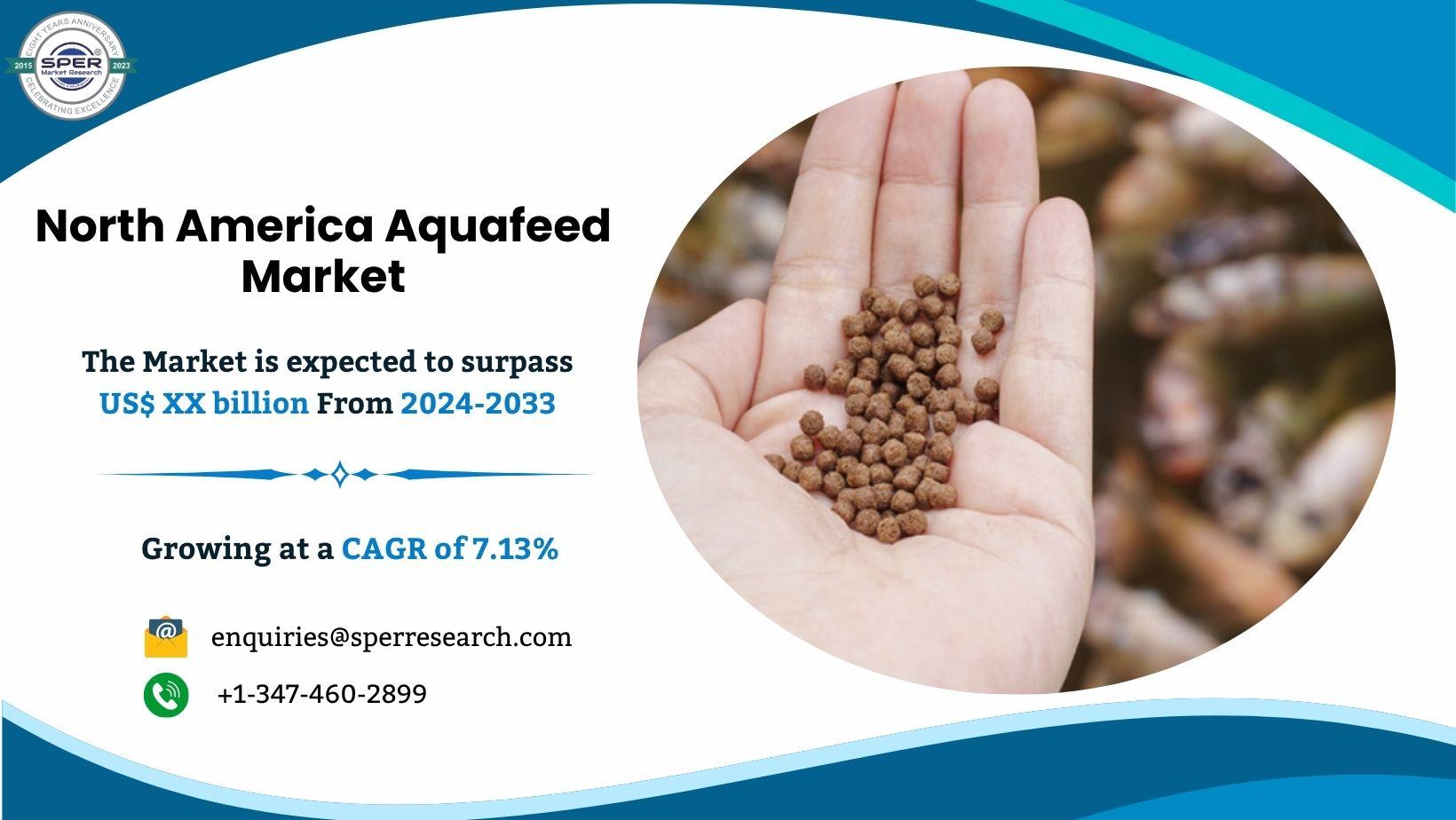Patrocinado
CO2 Compressors vs. Traditional Refrigeration Systems: A Market Overview
The discussion around CO2 as a refrigerant often focuses on its environmental benefits, but its performance and energy efficiency are equally important for its widespread adoption. While a CO2 refrigeration compressor operates under much higher pressures than a conventional compressor, advancements in technology have made these systems highly efficient, especially in specific applications and climates.
One of the key factors affecting the efficiency of a CO2 system is its Coefficient of Performance (COP), which is the ratio of the cooling effect to the energy input. In a transcritical CO2 cycle, the COP can be lower than a conventional system, especially in very hot climates. This is because the high ambient temperature can reduce the effectiveness of the gas cooler, which must lower the temperature of the supercritical CO2 without allowing it to condense. However, this is where the intelligent design of a CO2 compressor and system comes into play.
Modern CO2 systems often incorporate a variety of advanced features to improve efficiency. These include:
-
Parallel compression: A secondary compressor is used to handle a portion of the gas, reducing the load on the main compressor and improving overall efficiency, especially in warmer ambient conditions.
-
Ejectors: Ejector technology uses the pressure drop of the high-pressure gas to entrain and compress a portion of the low-pressure gas, which significantly improves the system's COP.
-
Variable speed drives (VSDs): A variable speed drive allows the compressor to operate at different speeds, which enables the system to match its cooling capacity to the load. This is much more efficient than a traditional on/off compressor, as it prevents the system from cycling on and off unnecessarily.
The true efficiency of a CO2 system is revealed when you consider its Total Equivalent Warming Impact (TEWI), which takes into account not only the GWP of the refrigerant but also the energy consumption of the system over its entire lifetime. When the waste heat reclamation capability of a transcritical CO2 system is factored in, its TEWI is often lower than that of a conventional system. The heat recovered from the compressor can be used to heat water or space, reducing the need for other energy sources. This makes the system a highly attractive, energy-saving solution, particularly for large commercial buildings like supermarkets. While the engineering challenges of high-pressure operation are real, the continuous innovation in compressor and system design is making CO2 a viable and highly efficient alternative for a wide range of refrigeration applications, ensuring that a greener choice doesn't come at the cost of performance.







